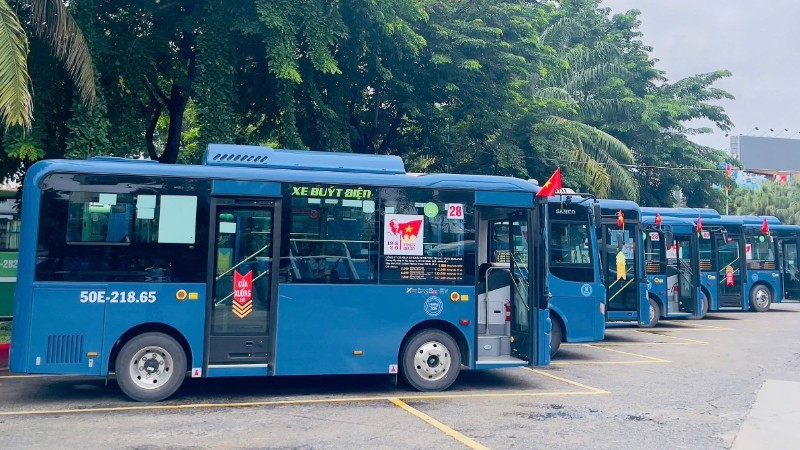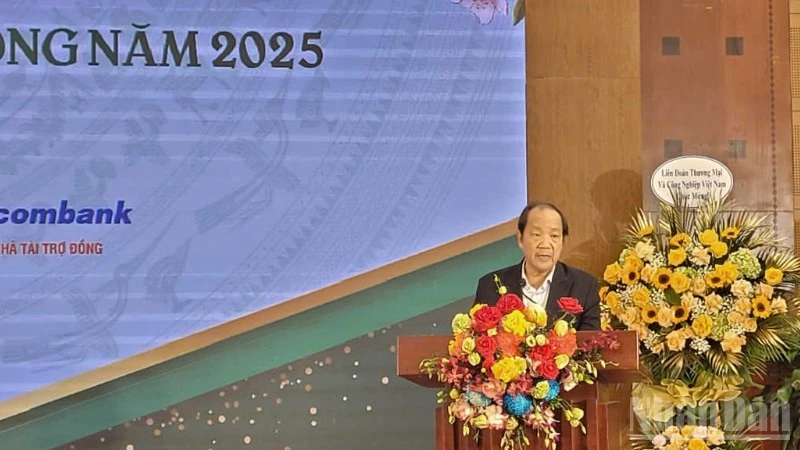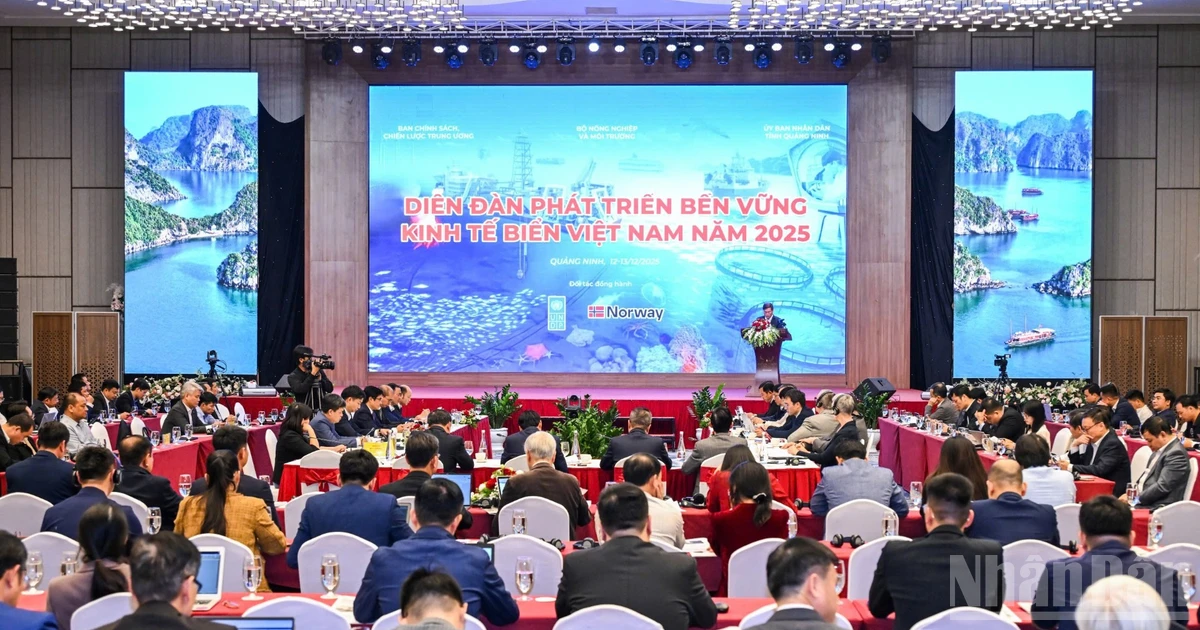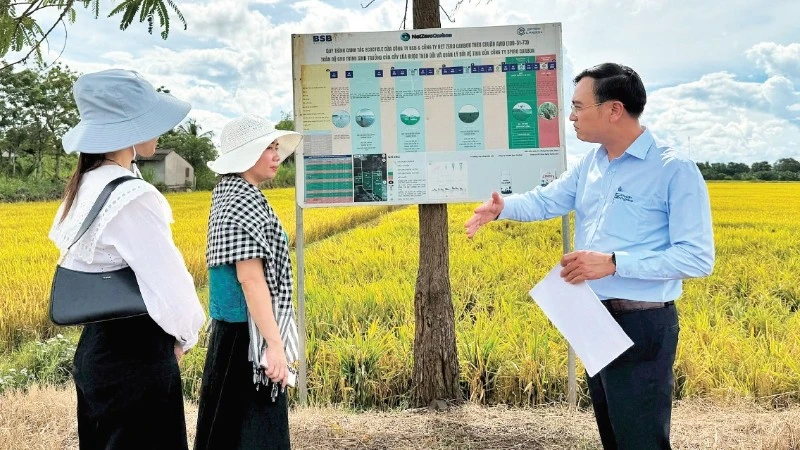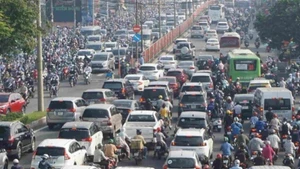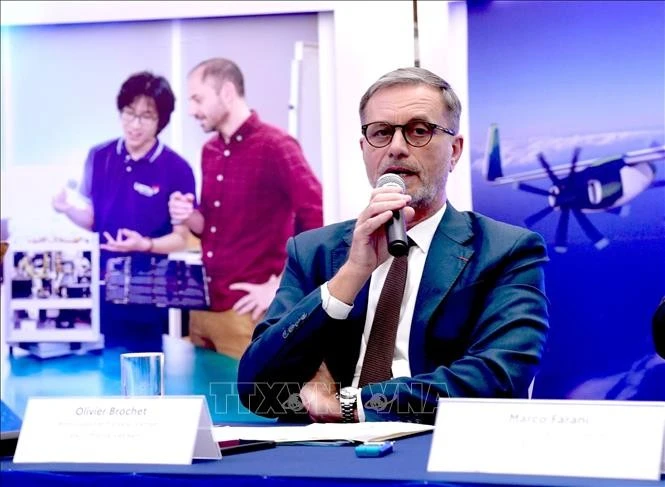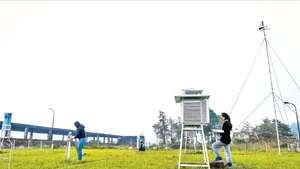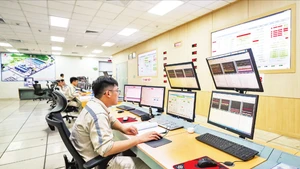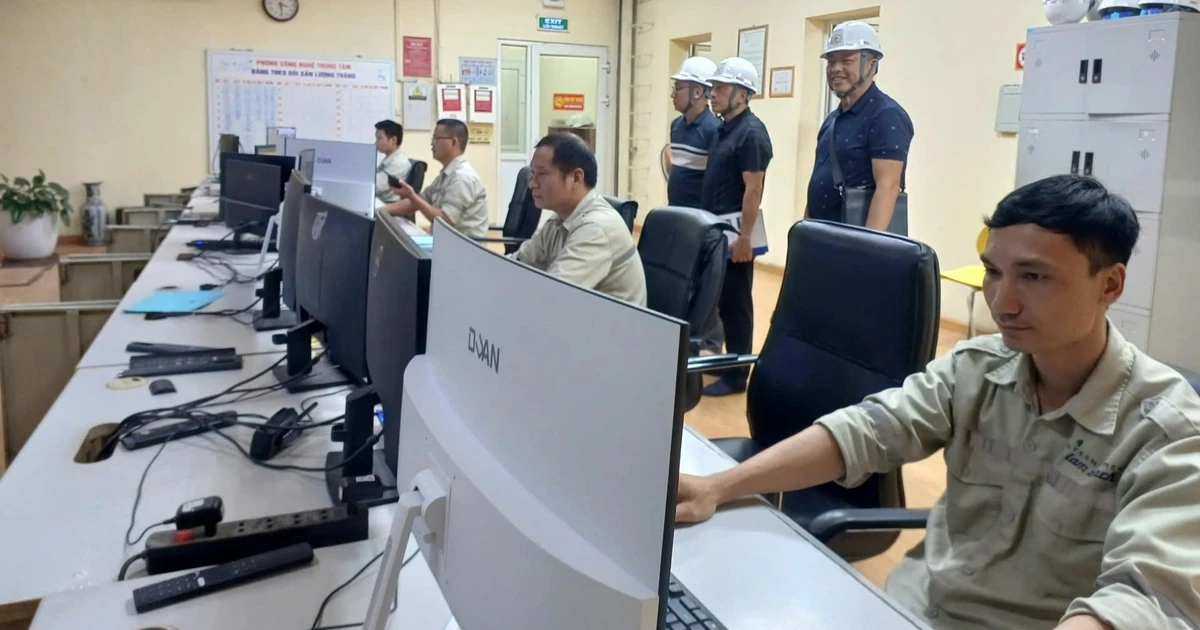The key factor in ensuring the feasibility of the transition roadmap lies in state mechanisms and policies that support the participation of businesses and investors, in which costs, charging station infrastructure, and credit policies need to be maximised.
Priority given to removing cost barriers for vehicles and infrastructure
According to the Centre for Public Transport Management under the Ho Chi Minh City Department of Construction, from 2025, all new bus routes must use electric vehicles; by 2030, the entire existing bus fleet will be replaced by electric buses.
Within the next five years, Ho Chi Minh City will put nearly 3,200 electric or green-energy buses into operation, with an estimated investment of around 13,511 billion VND for the transition programme.
The Department of Construction expects the city budget to contribute about 3,600 billion VND, of which 2,033 billion VND will be allocated to vehicle investment and interest rate support, with the remainder used for building charging stations.
Ngo Hai Duong, Head of the Road Transport Management Division under the Department of Construction, noted that investment costs for new vehicles and charging stations remain the biggest hurdles for transport companies. In reality, there are no preferential policies for electric bus adoption or charging infrastructure investment, and the city lacks regulations on planning, technical standards, licensing, and pricing norms. This has left both enterprises and management agencies struggling in implementation.
Meanwhile, the charging infrastructure is almost non-existent. Pham Vuong Bao, Deputy Director of the Centre for Public Transport Management, said that by 2030 the city would need at least 40 charging stations with 302 charging posts to meet operational demand.
Boosting investment in charging infrastructure
Charging station infrastructure is regarded as the decisive factor for the roadmap’s feasibility. It is estimated that Ho Chi Minh City requires about 1,600 billion VND to build charging stations. The city currently plans 25 locations with 269 charging posts, including 17 managed by the Department of Construction and 8 invested by Samco Corporation. Additionally, Binh Duong is planning 10 stations with 28 posts, while Ba Ria-Vung Tau is preparing five stations at existing bus terminals.
For CNG refuelling stations, the city currently has only four facilities serving over 370 CNG buses, forcing many vehicles to travel long distances for refuelling and incurring extra costs. This experience underscores the need to prepare a comprehensive charging network early, avoiding similar shortcomings.
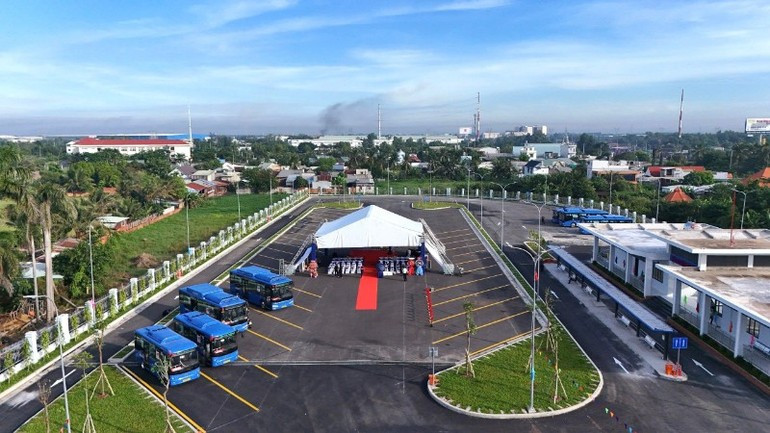
Bui Hoa An, Deputy Director of the Department of Construction, stressed that the city must use budget funds to build charging stations at depots and terminals for public bus transport. This remains a core responsibility of the city’s transport sector.
He added that the city must push forward with green bus conversion immediately, as policies will gradually be adjusted in practice; without taking the first step, the goal of sustainable development will remain out of reach.
Increasing loan interest support for enterprises
To ensure the roadmap towards 100% green-energy buses by 2030, the Department of Construction has submitted a resolution to the Ho Chi Minh City People’s Council on policies to support vehicle conversion and charging station investment.
Under this plan, vehicle investors can borrow up to 85% of total investment costs from the Ho Chi Minh City State Financial Investment Company, with interest support for up to seven years and a ceiling of 300 billion VND per project. Investors pay 3% annually, while the budget covers the difference. For charging station projects, loans may cover up to 50% of capital, with interest support included.
However, Nguyen Duc Nghia, Director of the Legal Consulting Centre (HUBA), argued that the mechanism of “investors paying 3% while the State covers the difference” is not consistent with Resolution 09/2023 of the City People’s Council, which stipulates support for 50% of loan interest. This discrepancy could pose difficulties in implementation.
Meanwhile, Nguyen Quang Thanh, Deputy General Director of the Ho Chi Minh City State Financial Investment Company, proposed raising state support to 70%, with enterprises covering 30%. He also suggested that the city consider compensating companies operating green bus routes with fewer passengers, to ensure comprehensive network coverage and avoid disparities in passenger volumes.
Thanh further recommended expanding hydrogen-powered buses, which do not rely on electricity and are considered a thoroughly clean energy source.
The transition to electric and green-energy buses is not only an inevitable trend but also an urgent necessity for Ho Chi Minh City, as environmental pollution increasingly threatens public health. The roadmap requires determined engagement from authorities at all levels, collaboration with businesses, and robust policies to resolve obstacles in costs, infrastructure, and credit.
Accelerating the shift to electric public transport is a fundamental step for the city to achieve sustainable development goals, improve residents’ quality of life, and contribute to the national commitment of net-zero emissions by 2050.
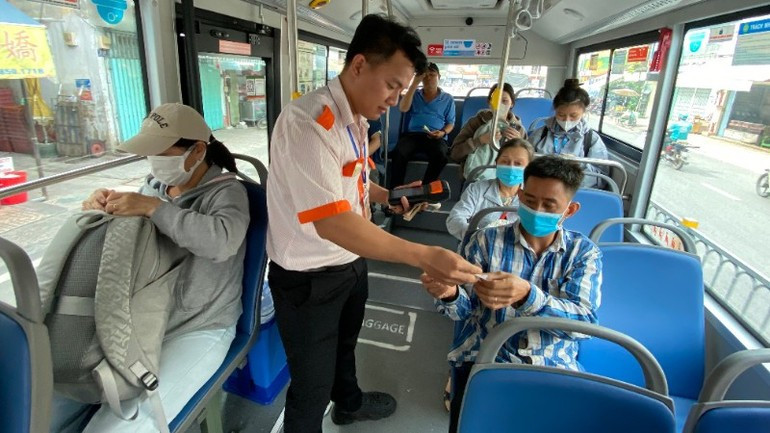
At present, Ho Chi Minh City operates 437 CNG buses with four refuelling stations. Electric buses currently run only within Ho Chi Minh City, while Binh Duong and Ba Ria-Vung Tau previously had no electric bus services.
Currently, the city has 47 electric bus routes with 606 vehicles, operated by Vinbus Eco Transport Services Co., Ltd. and Phuong Trang Company.
